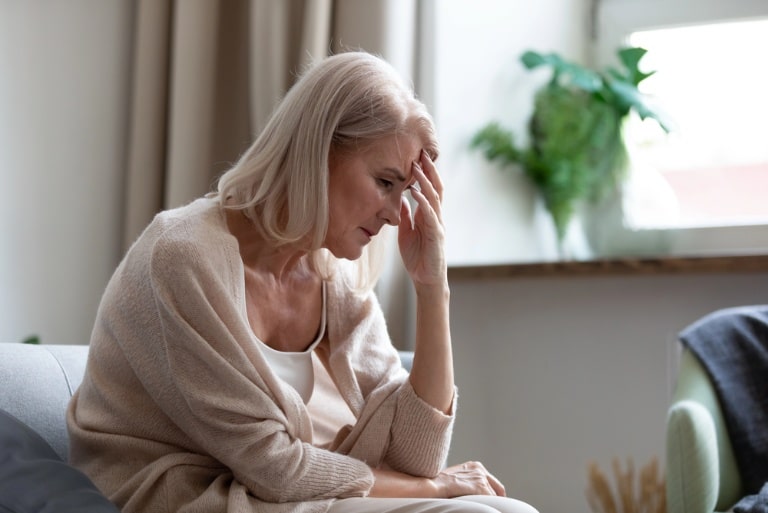A Complete Guide to Understanding Anxiety in Older Adults

Aging brings wisdom, memories, and often a slower pace of life. Yet for many older adults, it also brings new challenges that cause worry. Anxiety in later years is more prevalent than often acknowledged, and it often hides behind daily routines or health concerns.
To care for aging loved ones-or even ourselves-it is important to understand how anxiety shows up, why it happens, and what can help. Read on to explore the full picture of anxiety in older adults and how to manage it with care.
Signs of Anxiety in Older Adults
Anxiety does not always appear in the same way. For some, it looks like constant worry or restlessness. For others, it may appear as trouble sleeping, muscle tension, or changes in appetite.
Older adults may also complain of headaches, dizziness, or stomach problems without realizing that stress is at the root. Understanding these signs helps families and caregivers recognize when something more than normal worry is happening.
Causes of Anxiety in Later Life
The reasons behind anxiety in older adults are often linked to life changes. Health issues, memory decline, or the loss of loved ones can weigh heavily on the mind. Retirement and changes in routine may also create feelings of uncertainty.
Even everyday tasks, such as managing medication or keeping appointments, can build stress. These shifts, while natural with age, may increase feelings of fear and worry if left unaddressed.
The Role of Physical Health
Physical health has a close connection to mental health. Conditions such as heart disease, arthritis, or breathing problems may increase anxiety. Some medications can also cause side effects that mimic or worsen anxious feelings.
This highlights the importance of regular health check-ups and open conversations between older adults and their doctors. Treating the body often helps calm the mind, creating balance for overall well-being.
Approaches to Care and Support
Managing anxiety in older adults takes patience and understanding. Talking about worries with family or trusted friends can ease feelings of isolation. Gentle activities such as walking, gardening, or light exercise help reduce stress and support healthy sleep.
Relaxation practices like deep breathing or meditation can also bring calm. For those who need more help, counseling or therapy offers tools to manage emotions and regain control.
Families seeking support may also explore helpful resources that provide practical tips for anxiety in older adults, guiding both loved ones and caregivers toward healthier paths.
When to Seek Professional Help
Not all anxiety will fade with time. If symptoms disrupt daily life, prevent sleep, or cause constant distress, professional help is needed.
Mental health specialists can guide older adults through treatment plans tailored to their needs. This may include therapy, medication, or both. Seeking help should never be seen as a weakness but as a step toward healing and peace.
A Gentle Path Toward Calm
Anxiety in older adults is real, but it is also manageable with the right care and support. Recognizing the signs, understanding the causes, and knowing when to seek help all make a difference.
By offering patience, compassion, and attention, families can help older loved ones find calm and joy in their later years. Peace is possible, and every step toward care opens the door to brighter, steadier days.
For more on this content, visit the rest of our blog!




